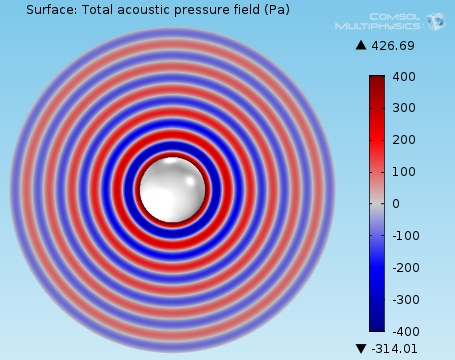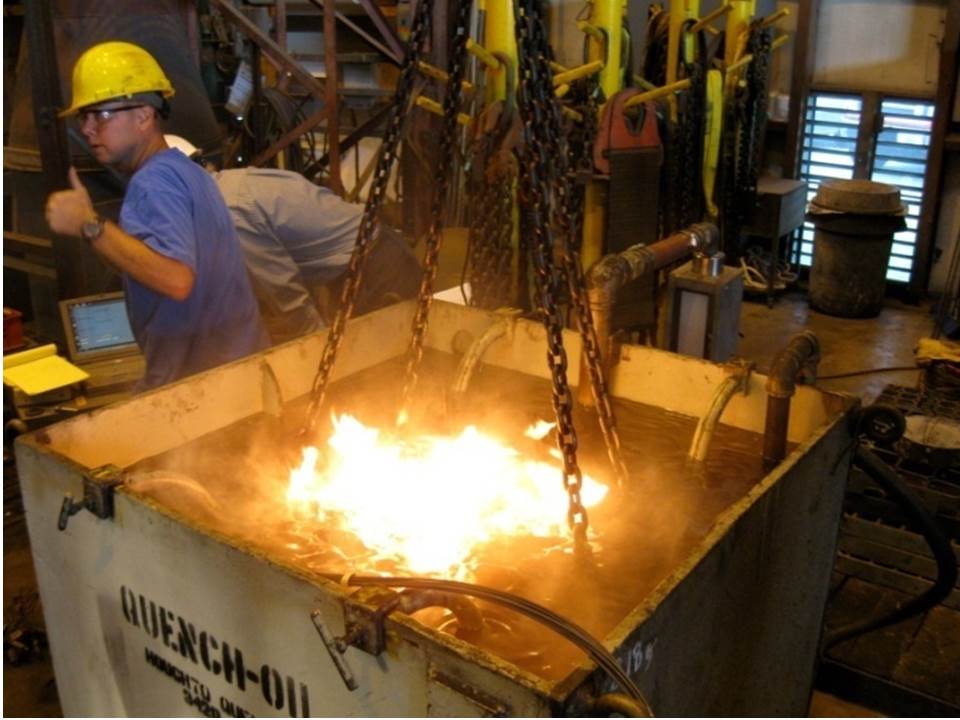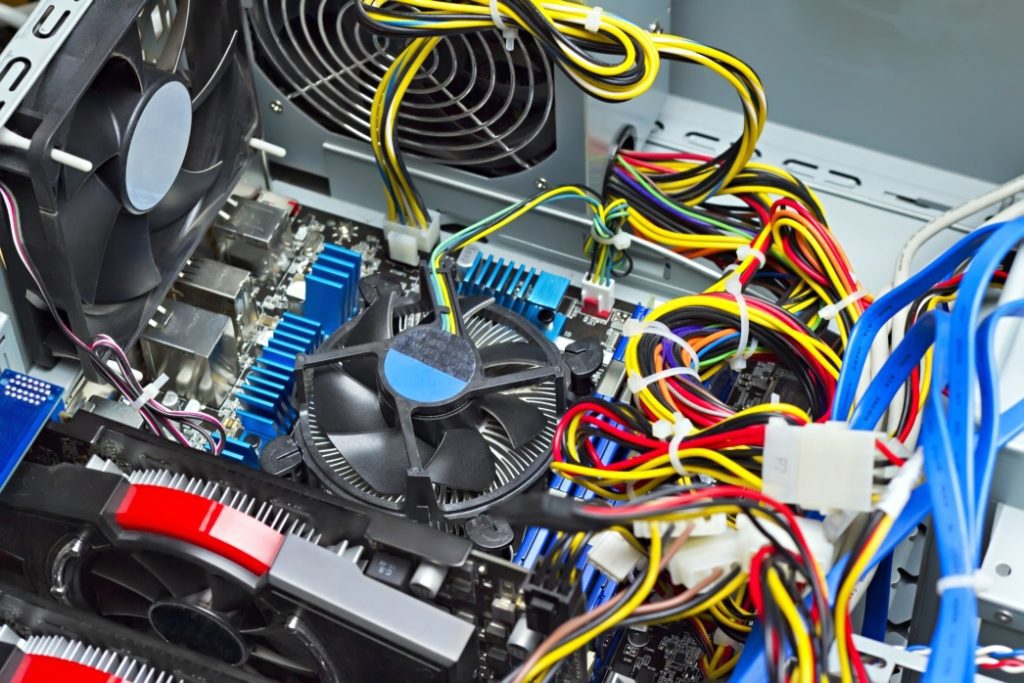Mesh Refinement for Wave Problems
Wave propagation problems require sufficient mesh refinement to ensure twelve degrees of freedom per wavelength. This requirement develops from the error associated with approximating a sine wave with a polynomial. AltaSim Technologies shares this type of information regularly with users of the COMSOL Multiphysics software through our Tips and Tricks. If you are interested in […]
Mesh Refinement for Wave Problems Read More »



